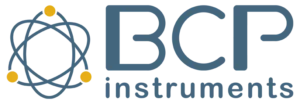PCB, polychlorinated biphenyls
Certified reference standards produced by Wellington LaboratoriesPCBs, or polychlorinated biphenyls, are chlorinated aromatic compounds known in France under the commercial name of pyralenes. They are industrially synthesized and used for their insulating properties.
Our reagents enable precise, reliable analysis of PCB substances in compliance with international standards.
Our reagents for your PCB analyses
The reference standards for Wellington Laboratories are intended for public and private laboratories, organizations and professionals. BCP Instruments provides you with the analytical standards you need to accurately measure trace contaminants in your environmental samples.
Wellington offers many PCBs marked in individual solutions and mixtures, as well as calibration kits in accordance with EN-1948-4, EPA 1668 and 1668C, and Environment Canada EC-9605 methods.
BCP Instruments is the exclusive distributor of the entire range for France and Belgium.
To help you carry out your PCB analyses, we offer you all the references of the Wellington catalogue, which you can consult online or download in PDF. Contact us via form for a quote.
More information on the Wellington catalogue.
Calibration Kits
- WP-CVS: This set of solutions is used for the analysis of the 12 PCB-like congeners by HRGC/HRMS.
- EPA Method 1668C: Calibration and support solutions prepared for use in accordance with the draft version of EPA Method 1668C (United States). Also available in the old version EPA Method 1668.
- EC-9605-CVS: Environment Canada Method 1/RM/31 for PCB analysis by HRGC/LRMS.
- P48-W-CVS and P48-M-CVS: Calibration solutions for dioxin-like PCBs and CS1-CS6 marker PCBs in stationary source emissions, according to European standard EN 1948-4:2010.
- WM48-CVS: Combination of the P48-W-CVS and P48-M-CVS calibration kits.
Reagents
The proposed reagents are either native or labeled (C13 or deuterium).

Our range of native and mass-labelled PCB standards:
Composés individuels PCBs
Solutions pour les méthodes analytiques
- Solutions standard WP-CVS
- Solutions standard de la méthode EPA 1668C
- Solutions standard de la méthode EPA 1668
- Solutions standard de la méthode Environment Canada 1/RM/31
- Solutions standard de la norme EN 1948-4:2010
Solutions/mélanges spéciaux
- PCB-CVS-H
- PCB-CVS-A10
- PCB-CVS-B10
- solutions/mélanges de PCBs natifs
- solutions/mélanges de PCBs marqués
- Dutch 7 PCBs : solutions/mélanges
- PCDDs/PCDFs/PCBs marqués : solutions/mélanges
Utilisation des PCBs
Tout d’abord, des années 30 aux années 70, les PCB étaient surtout été utilisés sous forme de mélanges. En effet, ces composés étaient reconnus pour leurs propriétés isolantes et leur stabilité chimique et physique.
Ils étaient notamment utilisés dans :
- les transformateurs électriques,
- les condensateurs,
- les isolateurs,
- les fluides caloporteurs ou hydrauliques,
- les fours à micro-ondes,
- des adhésifs ou des peintures…
En somme, ils sont considérés comme des isolants électriques presque ininflammables et sont reconnus pour leurs excellentes propriétés diélectriques et de conduction thermique.
Although PCBs have been banned in France since 1987 and are classified as persistent organic pollutants (POPs), pollution is spreading everywhere because they are chemically stable and not very biodegradable.
These stable compounds gradually accumulate in the environment, particularly in marine and river sediments. As a result, they are found throughout the food chain, concentrating in the fatty tissues of animals. PCBs are mainly found in animal products: fish, meat, eggs and dairy products. This is why food is the main route of contamination for the population, accounting for around 90% of total exposure.
In conclusion, these chemical pollutants are divided into two categories:
- Dioxin-Like” PCBs or PCB-DLs, whose toxicity is always expressed as a toxic equivalent of TCDD (2,3,7,8-Tetra-Chloro-Dibenzo-para-Dioxin),
- Non Dioxin-Like” PCBs or PCB-NDLs, most commonly found in river fish.
Une question ? Contactez-nous à l’aide du formulaire de contact. Nous serons ravis de vous conseiller.
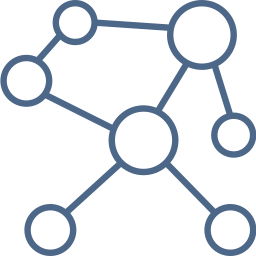
PFAS, Substances per- & polyfluoroalkylées
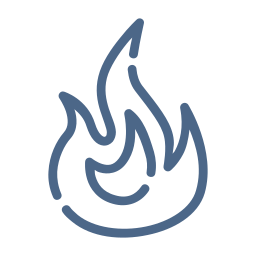
Halogenated flame retardants, HFRs and other compounds
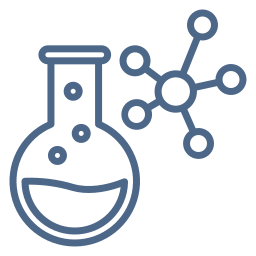
Polychlorinated biphenyls, PCBs
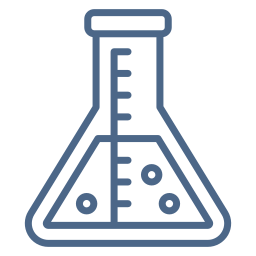
Polybrominated diphenyl ethers, PBDEs & Polybrominated biphenyls, PBBs

Dioxins, Furans, PCDDs, PCDFs

Organochlorine Pesticides, OCP

Certified reference materials

Other reagents
Do you need laboratory equipment and/or consumables?
Feel free to contact us at any time.
